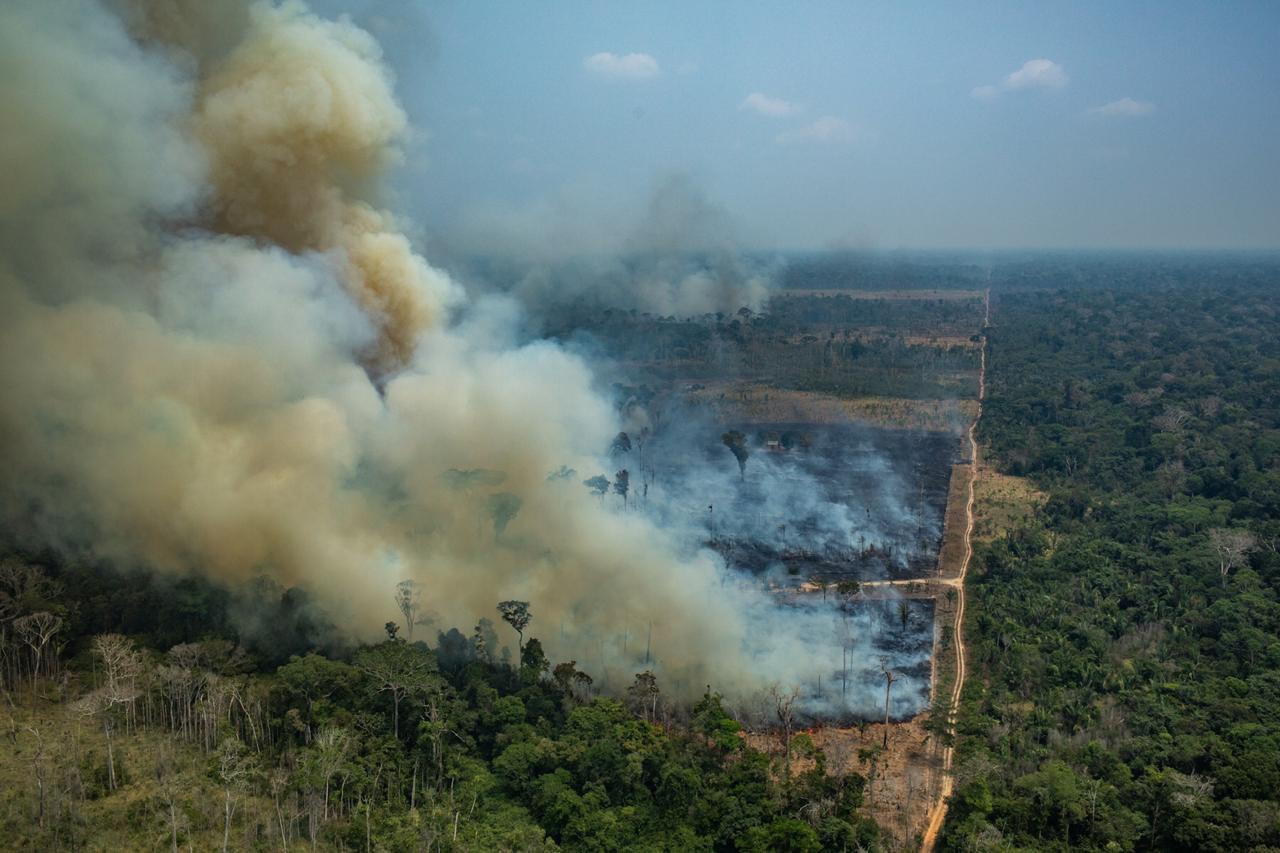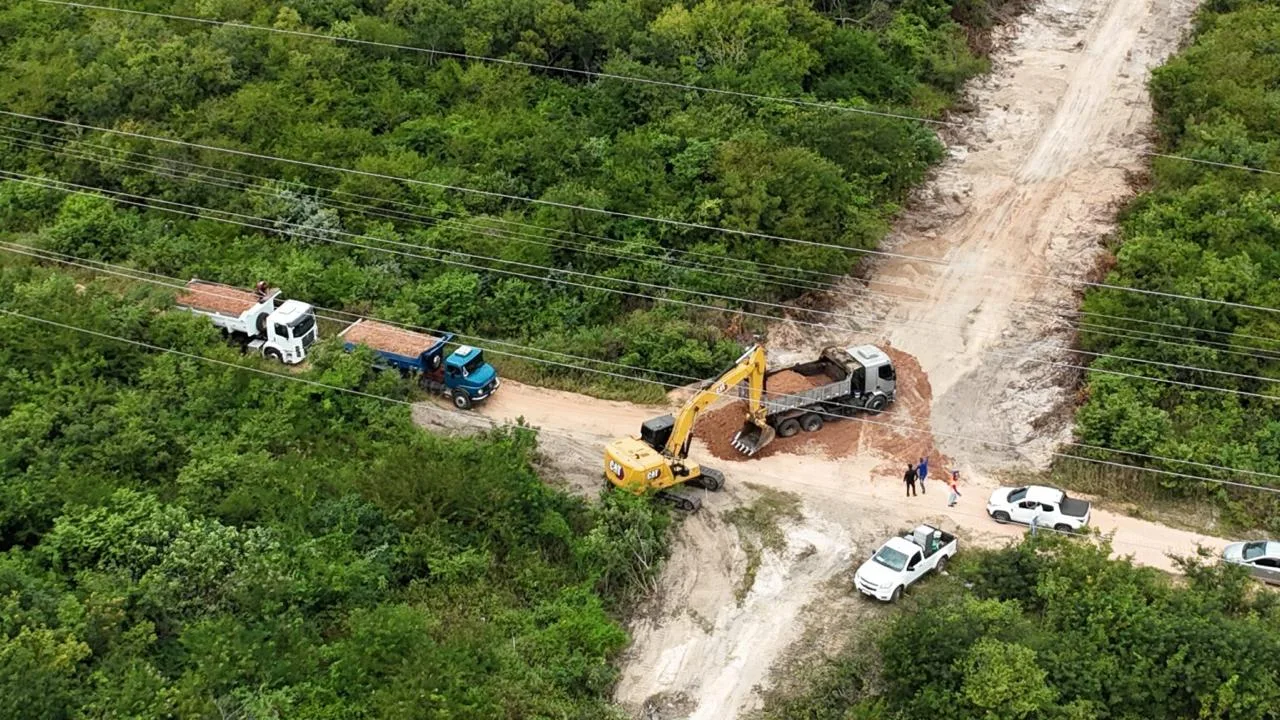
10 things you should know about the Amazon rainforest fire
While the consequences of the fires affect the entire continent, Bolsonaro’s government insists in dismantling environmental policies and the Amazon keeps burning.
While the consequences of the fires affect the entire continent, Bolsonaro’s government insists in dismantling environmental policies and the Amazon keeps burning.
Check out 10 facts and consequences about the fires in the brazilian forests.
1- The wildfire in the Amazon region raised plumes of smoke that is spreading throughout South America since last week, reaching the midwest, the southeast, the south of Brazil and neighbor countries like Argentina, Uruguay, Peru, and Bolivia.
2- With the increase of forest fires and deforestation we can have a decrease of the Amazon forest evapotranspiration, and consequently from the the flying rivers, which are responsible for much of the rainfall on the continent.
3- Without the flying rivers, we would have serious consequences:
-Drought;
-Lack of rain;
-Increase of the temperature (mostly in cities);
-Soil problems, complicating its productivity;
-Respiratory problems due to the low humidity;
-A possible downfall of the rivers fluviometric index, due to the lack of rain.
4- In comparison to 2018, the forest fires in Brazil increased 82%. Just this year it was 71.497 outbreaks against 39.194 of 2018.
5- Five States had an increase of forest fires in the country since the beginning of this year:
-Mato Grosso do Sul: 260%
-Rondônia: 198%
-Pará: 188%
-Acre: 176%
-Rio de Janeiro: 173%
6- Conservation Units and Indigenous lands are also affected and suffers with the fires:
-Conservation Units: 32
-Indigenous lands: 36
7- The satellite image below shows hundreds of fire outbreaks along the BR 163 in the southwest of Pará.
8- According to the National Institute for Space Research (Inpe), the increase of deforestation in the Amazon is the biggest of all times, and a great reason for this is due to a 95% cut of the budget designated to actions for fighting climate change.
9- The Amazon concentrates 52,5% of fire outbreaks, according to the Wildfire Program data from Inpe. The Cerrado, a biome of savannahs, is responsible for 30,1%, followed by the Atlantic Forest, with 10,9%.
10- The Brazilian Amazon lost a forest area bigger than Germany, between 2000 and 2017. Around 400 thousand square kilometers less of green area, according to a study made by researchers of Oklahoma University published in the scientific magazine Nature Sustainability.




